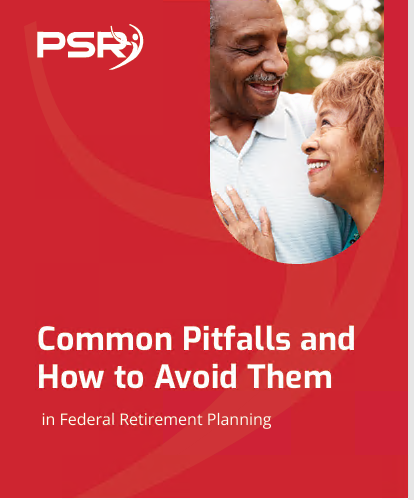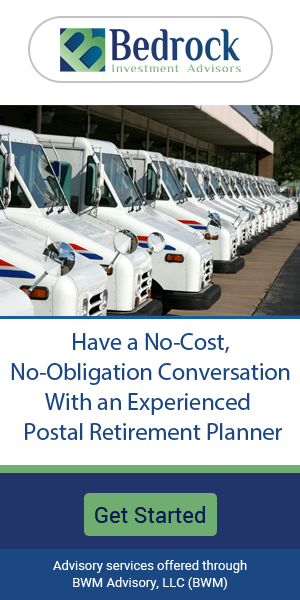Key Takeaways
-
The 2025 catch-up contribution rules have shifted, especially under Secure Act 2.0, introducing a new super catch-up tier for participants aged 60 to 63.
-
These changes may benefit some age groups more than others, particularly those close to retirement but still working in public sector roles with higher incomes.
Understanding Catch-Up Contributions in 2025
Catch-up contributions exist to help you accelerate your retirement savings once you hit a certain age. In 2025, those rules have changed again—and if you’re a public sector employee approaching retirement, it’s critical to know how these updates could shape your savings timeline.
- Also Read: FAA, Law Enforcement, and Special Federal Employee Categories—Here’s What Makes Their Retirement Unique
- Also Read: Blending Private and Public Sector Retirement Plans Is Complicated—Here’s Where Couples Get It Wrong
- Also Read: The Silent Shift in Postal Service Retirement Benefits That Could Change Everything by 2026
The Updated Limits for 2025
Let’s begin with the actual figures for this year:
-
The Elective Deferral Limit for 2025 is $23,500.
-
If you’re 50 or older, you can contribute an additional $7,500 as a standard catch-up contribution.
-
For those aged 60 through 63, you now qualify for a “super catch-up” contribution of up to $11,250, thanks to the SECURE 2.0 Act.
These figures apply to the Thrift Savings Plan (TSP), 403(b), and 401(k) plans alike. However, this doesn’t mean every public sector worker automatically benefits equally.
Secure Act 2.0 and the Super Catch-Up Window
The SECURE 2.0 Act brought sweeping retirement reforms into play, but perhaps one of the most overlooked features is the limited-age enhancement to catch-up contributions. Specifically:
-
The super catch-up is only available from age 60 until the end of the calendar year in which you turn 63.
-
Starting the year you turn 64, you revert to the standard catch-up limit of $7,500 (assuming no further legislative changes).
This gives you a four-year window to boost your retirement contributions beyond what older or younger workers can.
Who This Benefits Most
Public sector employees who are in their early 60s and still earning high enough salaries to contribute the maximum may see the most tangible benefit.
-
If you’re between 60 and 63, and can afford to max out the full $11,250 in addition to the regular limit, you’re in a rare position to grow your TSP or 403(b) much more aggressively.
-
Those in their 50s still have time to plan and potentially realign income and savings goals to prepare for this four-year window.
-
However, if you’re already 64 or older, this new super catch-up won’t apply, and you’ll continue with the standard catch-up limits.
Roth Catch-Up Mandate for High Earners
Another key feature now in effect in 2025 is the Roth catch-up requirement:
-
If you earned more than $145,000 in wages from the same employer in 2024, any catch-up contributions you make in 2025 must go into a Roth account.
-
This applies to traditional TSP and 401(k)-style plans, and could shift your tax strategy since Roth contributions are made post-tax.
Public sector employees with higher incomes will need to consider the implications:
-
Short-term reduction in take-home pay due to post-tax nature.
-
Long-term benefit of tax-free growth and distributions, especially if you expect to be in a higher tax bracket during retirement.
Planning Around Income Changes and Contribution Timing
With multiple tiers now in play, effective retirement savings in 2025 relies on understanding when and how your income and age intersect:
-
If you turn 60 mid-year, you are eligible for the super catch-up for the entire calendar year.
-
If you’ll turn 64 by the end of the year, your eligibility ends on December 31 of that year.
-
If your income crossed the $145,000 threshold in 2024, be ready for the Roth-only catch-up requirement in 2025.
This emphasizes the importance of yearly reviews of income and age milestones to optimize contributions.
Why Some Age Groups May Feel Left Out
These changes favor those aged 60 to 63 with both high earnings and capacity to contribute more. But others may be disadvantaged:
-
Those aged 64 and over miss out on the higher super catch-up limit.
-
Workers aged 50 to 59 are still limited to $7,500 in catch-up, even though many are in their prime earning years.
-
Individuals under age 50 get no catch-up provision at all.
This creates a skew in opportunity that’s heavily tilted toward a narrow four-year window—essentially rewarding late-career employees who can afford to save more.
TSP-Specific Considerations
For federal and military employees using the TSP, the 2025 catch-up contribution process remains straightforward—but with one caveat:
-
Automatic spillover: If you exceed the elective deferral limit, TSP automatically categorizes any further contributions as catch-up, assuming you’re age-eligible.
-
Plan type matters: If you’re required to make Roth catch-up contributions, make sure your agency has enabled Roth TSP functionality.
This year, agencies are expected to have full Roth catch-up support enabled, as the deadline for compliance with Secure Act 2.0 provisions has now passed.
Strategic Use of Catch-Up in Public Sector Retirement
You should now be thinking of catch-up contributions not just as a nice-to-have feature but as a core strategic tool:
-
Use the super catch-up window (age 60–63) to significantly increase your retirement nest egg.
-
Align with Roth rules if you are a high-income earner.
-
Maximize coordination with your other accounts, such as IRAs, if you’ve already hit limits in your TSP.
Especially if you’re within five to ten years of retirement, every additional dollar compounded can make a substantial difference in post-retirement flexibility.
Preparing for Required Minimum Distributions (RMDs)
One reason to contribute more now is to prepare for the Required Minimum Distributions (RMDs) that begin at age 73. With larger account balances, RMDs will be higher—so you might:
-
Use Roth contributions to help mitigate future tax liability.
-
Begin planning withdrawal sequencing now to optimize retirement income.
The new catch-up contribution levels give you an opportunity to make tax-smart decisions in your final working years.
Additional Notes for Federal Employees Nearing Retirement
-
If you’re planning to retire at MRA+10, consider how a reduced annuity might make it harder to keep up contributions.
-
If retiring with 30 years of service at age 60, you’re perfectly positioned to use the full super catch-up opportunity.
-
Be sure your agency payroll office is updated with your age and Roth elections so contributions flow correctly.
How to Stay Ahead of the Curve
The catch-up landscape is no longer one-size-fits-all. You now have:
-
Three separate age categories with different contribution rules (50+, 60–63, 64+)
-
Mandatory Roth provisions based on prior-year income
-
Varying eligibility windows based on your birthday and employment
Your retirement strategy should evolve alongside these changes. Don’t just rely on default payroll settings—review them annually and coordinate with a professional.
Final Thoughts on Making These Years Count
If you’re nearing the end of your public service career, the changes to catch-up contributions in 2025 are more than just numbers. They’re a call to action.
Whether you benefit from the new super catch-up or face the Roth-only requirement, your actions in this short window can shape your financial security in retirement. Start reviewing your eligibility, contribution status, and long-term goals now—and adjust your plan accordingly.
For personalized support on optimizing your retirement savings, consider speaking with a licensed agent listed on this website.












